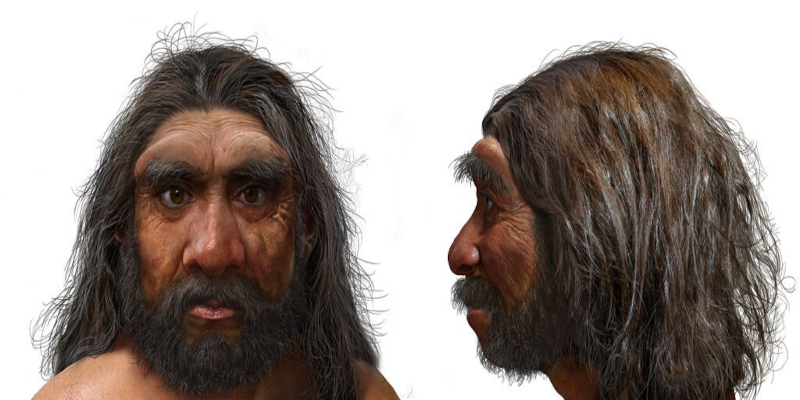27th June: Scientists reported on Friday that a gigantic fossilized skull dating back at least 140,000 years has been identified as a new species of ancient human, a discovery that could redefine how — and even where — our species, Homo sapiens, originated. The skull of an adult guy with a large brain, gigantic brow ridges, deep-set eyes, and a bulbous nose was discovered. After a laborer discovered it at a building site in China, it had been hidden in an abandoned well for 85 years.
The new species was given the name Homo long, and the nickname “Dragon Man” was given to it after the Dragon River region of northeast China, where the skull was discovered. According to the researchers, Homo long, not Neanderthals, was the most closely linked extinct human species to our own. If validated, it would affect how scientists see Homo sapiens’ origins, which have been built up over time through fossil finds and ancient DNA analyses.
However, in three studies that provided the first extensive examination of the fossil, several scientists questioned this finding. Despite this, many people believed the discovery would aid scientists in reconstructing the human family tree and how modern humans originated. It was a superb fossil, according to all of the scientists who analyzed the material in the research. The scientists calculated that the fossil was at least 146,000 years old, but no older than 309,000 years, based on its chemical composition.
Two days ago A new hominid group has been discovered in Israel.
Excavations in an Israeli sinkhole have uncovered a previously undiscovered Stone Age hominid tribe that played a role in the evolution of the Homo genus. Researchers suggest that people who lived around 140,000 to 120,000 years ago at a site named Nesher Ramla joined Neandertals and Denisovans as a third Eurasian Homo community that culturally mixed with and probably interbred with ancient Homo sapiens. A gene inherited from the Denisovans helps Tibetan people thrive at high altitudes. Read More
Image Courtesy: nytimes







Leave a Reply